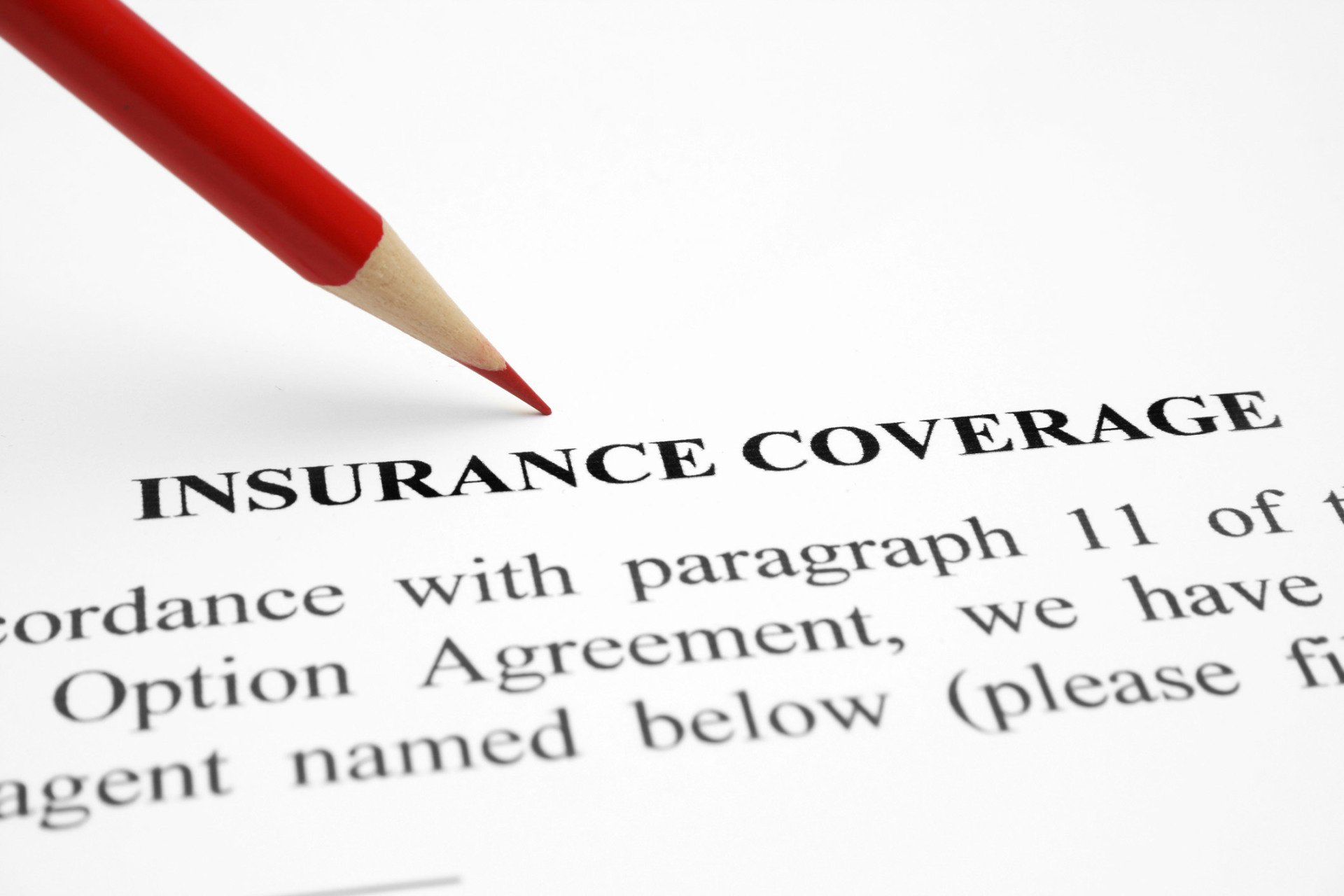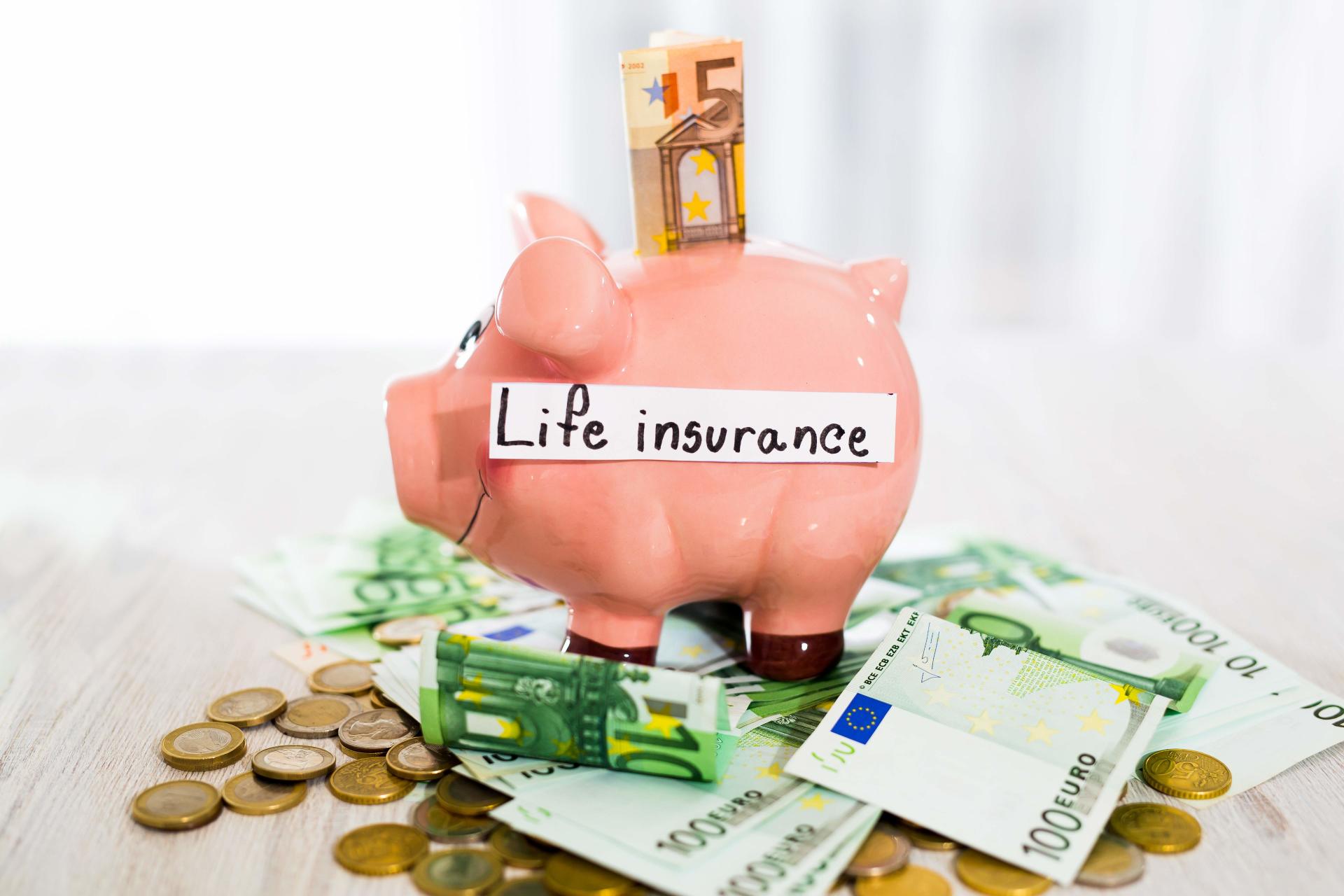
The idea of having life insurance is certainly very comforting, but deciding on a specific policy can be daunting — especially when choices like whether the policy should be renewable, convertible, or both come into play. Many people make the dangerous decision to forgo getting life insurance simply because they consider it too complex to understand.
If you're looking into the right life insurance policy for you through a company like Habersham Funding LLC., take the following factors into consideration before you make the final decision.
Evidence of Insurability
Part of applying for life insurance in some cases is proving that you are in good health in a process called evidence of insurability, or EOI. How healthy you are (and can prove that you are) can affect which type of coverage you can get.
Generally, evidence of insurability is required if you are enrolled later in a life insurance plan than when the plan was first made available to you or if the amount of coverage you are looking for is higher than normal. Insurers don’t want to provide insurance to people who may have a deadly condition that is likely to lead to premature death, hence the need to prove that you are a good candidate.
You can complete an online enrollment proving that you are insurable, and you generally need to answer only a few questions in order to know whether you're eligible. In some cases, the life insurance company will need to contact your doctor for questioning, but this is only if additional or specific information is needed.
Permanent or Term Insurance?
There are two types of life insurance, permanent (or whole) life and term life. Permanent life insurance's premiums are periodic and fixed, but it provides lifetime protection. You can choose from a variety of different ways that your permanent insurance works — some are invested in the stock market and have cash value, whereas others build less value, but are guaranteed, less volatile, and do not deplete your policy's cash value.
Term life insurance is also charged at a fixed premium, but it is enrolled in for a set period of time with annual renewable terms. Term life insurance is much less involved than permanent life and much simpler for the consumer. It also tends to be more flexible in its options and more affordable while avoiding startup costs and fees for changing the policy when needed.
If you end up choosing term insurance, you'll have to choose between convertible or renewable term insurance.
What Is Convertible Term Life Insurance?
Insurance carriers who provide convertible term policies allow you to convert your term policy into a permanent policy, though they vary on which assets can be converted and when you are allowed to convert.
This option can be valuable for customers who find themselves with declining health or in need of permanent insurance, but you should check to see what age or time range is allowed to make the conversion between insurance types before you decide on this policy for sure.
What Is Renewable Term?
Undergoing underwriting at the end of a term period can be tiresome, which makes renewable term a useful option. When the initial term period of insurance ends, renewable insurance allows you to continue the policy without needing to prove evidence of insurability.
This means that if you have medical conditions that would normally have made purchasing a new life insurance policy difficult or if you became terminally ill during the term, renewable term insurance would allow you to renew and stay on the same plan. However, healthy individuals generally do not stay on renewable term for too long since after the initial period, most policies' premiums increase each year afterward.
When looking for the right life insurance for you, consider your lifestyle and health history, your plans for the future, and the needs of you and your family. Contact a life insurance agent or company who can help you narrow your options and find the ideal policy that you can afford.










